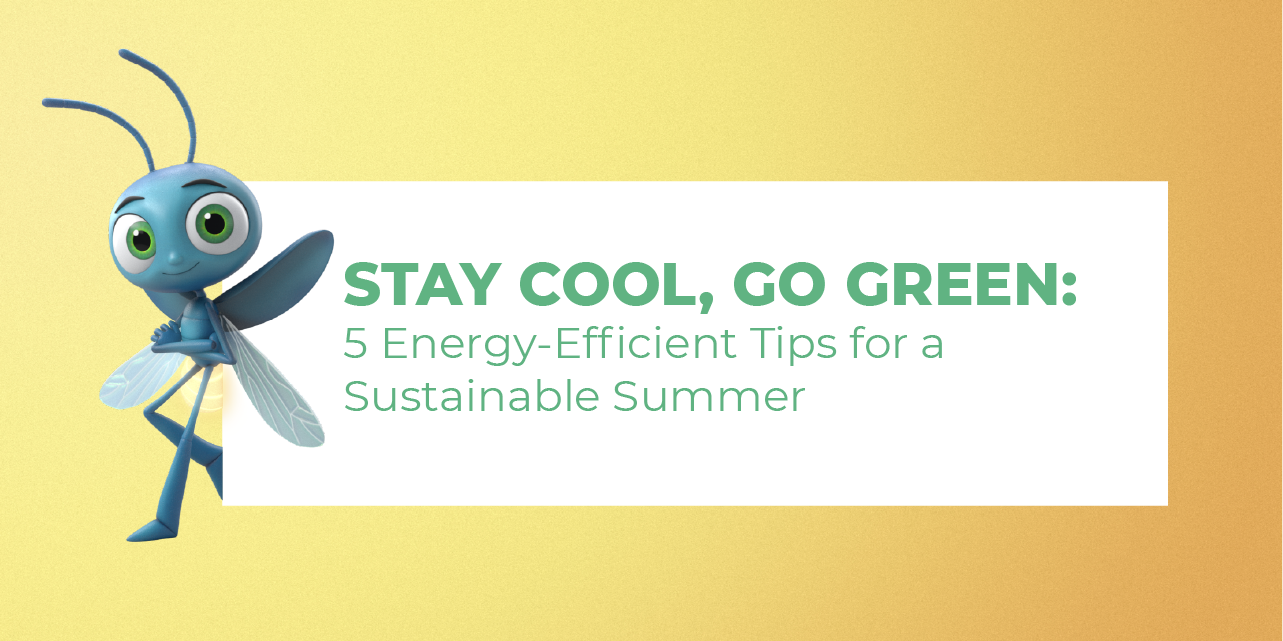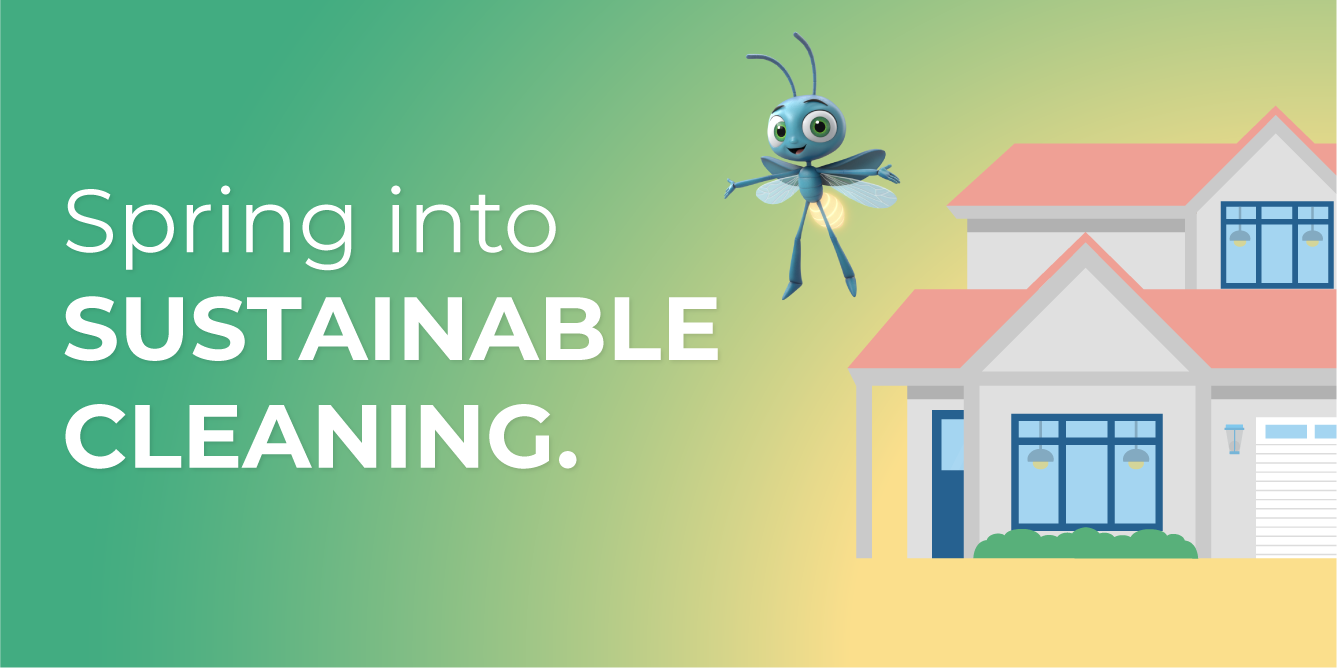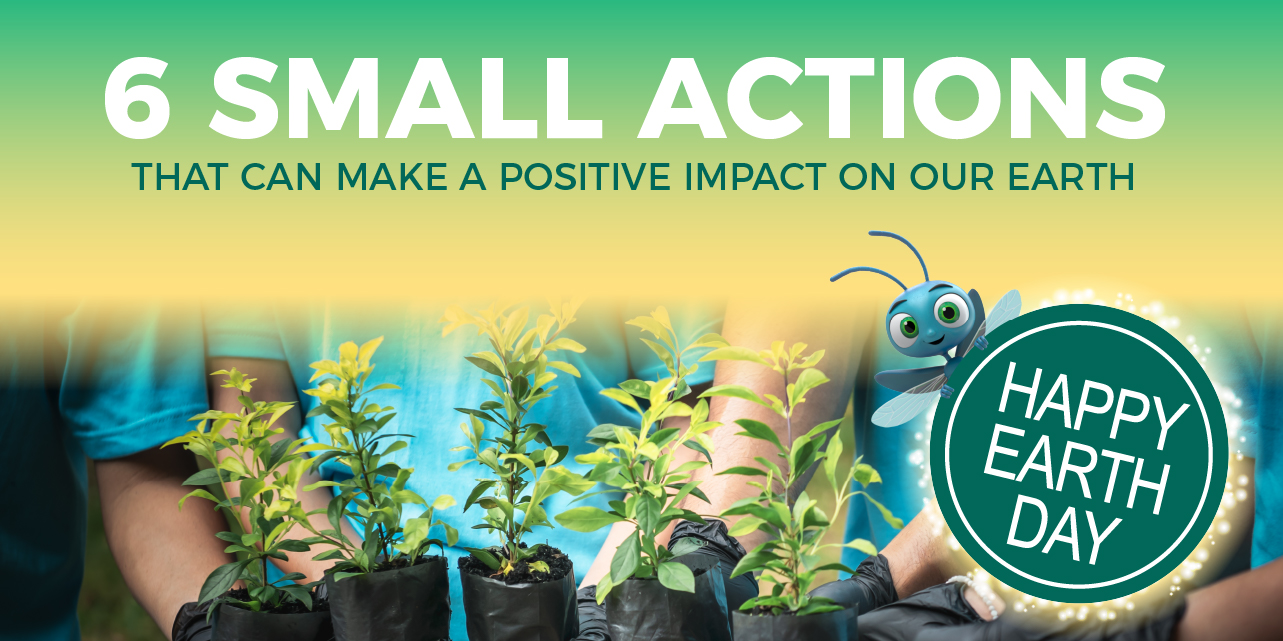Whether you’re looking to build from the ground up or would just like to retrofit with some eco-friendliness, we’ve got 9 tips that’ll turn your dream home into a green home.

A can’t-go-wrong alternative to hardwood flooring is bamboo. Known for its attractiveness, durability and cost-efficiency, bamboo is a building material that doesn’t have a negative impact on the environment thanks to its fast rate of growth. Cork is another good alternative as its hypo-allergenic, fire-resistant and repels insects.

A fresh coat of paint would normally greet you at the door. But not if it’s eco-friendly! That’s because eco-friendly paint is absent of the greenhouse gases and other harmful chemicals that are released into the atmosphere. One of the most eco-friendly options around is Casein paint, made from mostly milk proteins and other non-toxic chemicals. In general, you’ll want to choose paint that is free of Volatile Organic Compounds, which are harsh chemicals that vaporize in the air and dissolve in water.

Did you know that replacing a refrigerator with an ENERGY STAR® unit saves enough electricity in a year to light your home for 3 months? Appliances certified by ENERGY STAR® are up to 20% more efficient than the standard. Choosing energy-efficient appliances is a greener choice for the environment and will save you money on your utility bill over time.

If you haven’t upgraded to LED lighting yet, you could be leaving money on the table. This eco-friendly alternative is not only durable, but more energy efficient than incandescent bulbs. In fact, LEDs use up to 90% less energy and can last up to 100,000 hours. Plus, they’re void of the mercury and vapor that’s present in other bulbs.

Heating and cooling your space can be an energy-intensive process, but when your home is well-insulated it doesn’t have to work as hard and can save energy. Plus, you can be eco-conscious by using materials that are considered green, like shredded denim, wool and cork, which are natural and formaldehyde-free types of insulation.

Add charm to your kitchen cabinets by using sustainable materials, like reclaimed or salvaged wood. Bamboo is another popular option that’s not just for your floors but your cabinets, too. Watch for the Forest Stewardship Council or Environmental Stewardship Program seal on products, to let you know that they’re a safe bet. These labels signify that the product comes from responsible sources.

Incorporating technology, such as automated lighting, motorized roller shades and smart thermostats saves you time, money and helps to control the energy consumption in your home. If you live in Texas, you can take your sustainability efforts a step further by volunteering to have your smart thermostat programmed to adjust during high-usage periods or extreme temperatures with our Ready, Set, Green Program.

Installing residential solar panels on your roof allows you to harness the sun’s energy and convert it into clean electricity to power your home or even your car. A home solar system can boost your home’s value by 17%, as well as save money on your utility bill while reducing your carbon footprint. Visit our Residential Solar Power page to learn more about the perks of owning your own system.

Finally, one of the biggest ways to green up your living quarters is with renewable energy. Clean, pollution-free electricity can help you lower your personal carbon footprint. If you haven’t already, make the switch to 100% clean energy today.
Whether you’re starting a new build or renovating an existing property, applying any of our tips to your home will turn your green home dreams into a reality.
Find a clean electricity plan that meets your household’s needs.
Enter your ZIP code to get started.






